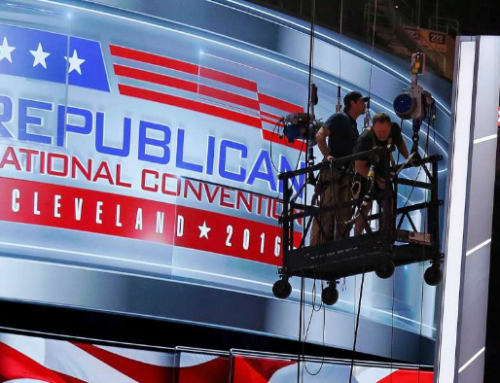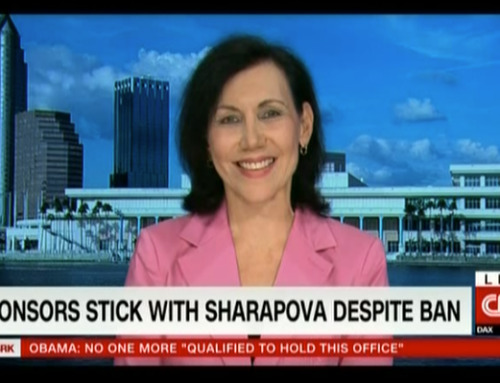One of your first jobs after graduating from M.I.T. was designing videogames for Atari. Too bad you didn’t get to work on Dig Dug. Anyway, how much geek cred does this get you with today’s Halo3 generation? Also, WTF was up with naming a game “Montezuma’s Revenge?” Shouldn’t that have been a very differently “themed” game?
One of my colleagues working a couple of feet away designed Dig Dug! With my company’s profit-sharing plan, I always regretted that I didn’t work on a bigger hit, like Ms. Pacman or Asteroids.
We were way geekier than any of today’s designers, and they’d probably agree that programming in 6052 assembler code, counting how many bytes each line of code would occupy in the limited ROM we had available, is hard core.
My company, General Computer, didn’t do Montezuma’s Revenge; that was Parker Brothers.
So, obviously, creativity can be “learned” or “cultivated.” But is there a certain level of innate creativity that some have and some don’t?
Almost everyone has more creative potential than they are using! The short answer to your question is that a tiny bit of creative potential is innate, but not much. The classic way to test whether a trait is innate is to study large numbers of twins: identical twins, fraternal twins, twins who were adopted into different families. And all of the studies of creativity in twins have never shown that creativity is innate.
The “tiny bit” that might be innate comes from a different set of studies. Psychologists have found that exceptional creativity seems to require a somewhat above average intelligence–most of the creative geniuses of history scored at least 120 on their IQ test. And research shows that something like half of your IQ score can be attributed to your genetic background. But above a score of 120, being smarter doesn’t make you more creative; it seems that you just need to hit that threshold of IQ, but going way above it doesn’t add to your creativity.
Do you have children? And if so, do you have to actually struggle to not turn them into little psychological research experiments? (Which is what we’d probably do.)
My son, Graham, is 4 now, and so far I’ve been able to simply enjoy playing with him. I have to admit that in my university classes, I’m always telling stories about things he’s done…yesterday, I told the class how he’s going through a phase where he picks his nose and then eats it.
My first book, back in 1997, was based on a year I spent observing a preschool classroom. Because of my research, I’m a much better playing partner…most parents work too hard to structure the pretend play, but the reason why fantasy play is so important for children is because of the give-and-take as they negotiate what they’re going to do together. Parents need to be better improvisers when playing.
From the vault of personal experience: Why do you think it is that so many organizations list “creative thinker” and “outside the box” creativity and so on when looking for candidates but then fail to actually demonstrate any creative or outside the box strategies?
You think so? I haven’t seen a lot of job ads written that way. But you’re right that companies say they want people like that, but often they’re just talking.
In any case, the key to making a company more creative isn’t to hire more “creative” types. The key is to transform the organization’s structure to bring people together into the kinds of collaborations that increase everyone’s creativity. Some of the most innovative companies hire from state colleges, promote from within, and stay away from the “war for talent” at the top universities. Examples include Wal-Mart, Southwest Air, Proctor & Gamble.
In “Group Genius” you use WL Gore & Associates as an example of how a lack of conventional workplace hierarchy and structure can foster a great deal of creative power. Do you think that this model is effective only in limited environments or could it applied across a wide range of industries?
It’s not that there’s no structure, it’s just a different kind of structure. In my book, I give examples of some companies that are too unstructured and that don’t innovate.
Lots of innovation powerhouses have organizational systems similar to Gore. Others include 3M and Google. It’s not only high-tech companies; manufacturers like Semco and consumer products companies like Proctor & Gamble are also discovering that systems that foster networks and collaborations are the source of innovation.
While group collaboration can lead to innovation, can it just as likely lead to tunnel-vision groupthink? This is to ask, what are the key elements in making sure a group maintains its collection-of-thinkers element and doesn’t become a collection of unquestioning followers?
That’s such an important question, and my book has a whole chapter about it. There’s lots of research showing that brainstorming groups are often less creative than if everyone just stayed in their cubicle and thought up ideas. To avoid group think, you need some friction, some diversity and some argument. That’s why cross-functional teams are so often the source of innovation; that’s also why so many good ideas come from outside the company (from customers and key corporate partners).
My last name is Sauer, as in “sauer”kraut. But everyone pronounces it like your name “Sawyer”; why can’t people get it right? Also, did you ever ask your parents if they thought about naming you “Tom?” Because that would be kinda’ of awesome.
My father is from a very rural part of North Carolina and we all pronounce “Sawyer” a little bit oddly so that everyone always has to ask me how to spell it. Most people say something like “Soyer” which is probably what you’re getting; but I say “Saw” and then “yer” so that the “w” and “y” sounds are distinct. Just one of those quirks…I also pronounce “poem” like this: “poym”.
Visit Keith online.





